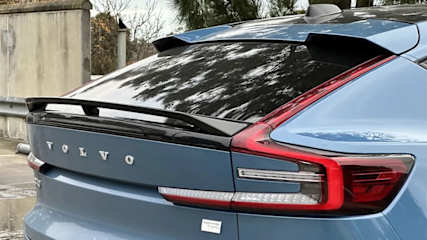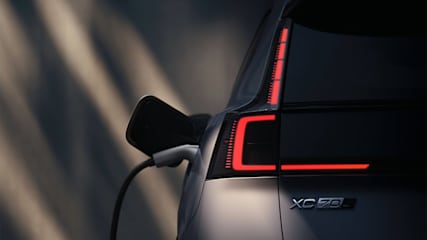Design and tech boost for luxury seven-seat family SUV: 2025 Volvo XC90 pricing and specifications revealed to claw back sales from 2025 BMW X5, Lexus RX and Volkswagen Touareg
By Samuel Irvine · 26 May 2025
Volvo has updated its seven-seat XC90 SUV with a suite of design and tech upgrades as it transitions from a three- to a two-variant line-up.On sale in Australia now, the line-up kicks off at $104,990 before on-road costs for the entry-grade Ultra B5 Bright, which is an increase of $5050 on last year’s prices.The Ultra B6 Bright is gone as a mid-range option, with the top-spec Ultra T8 Plug-in Hybrid (PHEV) now priced at $130,990 before on-road costs, an increase of $2600.In exchange for the price hikes, the XC90 sports a new look for 2025, emphasised by a new diagonally-striped grille, sharper LED headlight signatures, new front and rear bumpers, side skirts and alloy wheel designs.Inside, both variants gain a larger, higher resolution 11.2-inch central touchscreen with over-the-air software update capabilities.Volvo has also delivered additional storage space in the centre console, including an extra cupholder, thanks to a redesigned dashboard that is more horizontal than before. It comes clad in new-look decorative panels made from recycled materials.No changes have been made to the base Ultra B5 Bright’s 2.0-litre turbo-petrol in-line four-cylinder engine, which comes paired to a 48-volt mild-hybrid system that delivers 183kW/350Nm to all four wheels through an eight-speed automatic transmission.Similarly, no changes have been made to the Ultra T8’s PHEV setup, which utilises the same petrol engine paired to a 107kW/309Nm electric motor and a 19kWh battery pack for total outputs of 340kW/709Nm.Total electric range is claimed at up to 77km, while fuel economy is claimed at 1.8L/100km, a fraction of the Ultra B5 Bright’s claimed 8.2L/100km.As standard, the Ultra B5 Bright carries new 21-inch multi-spoke Black Diamond-cut alloy wheels, keyless entry with a power tailgate, a 12.0-inch digital driver’s display, wireless charging, powered front seats with heating, cooling and memory functions, as well as a surround-view camera.The Ultra T8 PHEV adds new, larger 22-inch wheels, a panoramic sunroof, a Bowers & Wilkins High Fidelity speaker system, active air suspension, tinted rear windows, roof rails in gloss black, fully-coloured sills and bumpers, and black rear-view mirror covers.Standard safety features on both models includes adaptive cruise control, lane-keep assist, lane centring, blind-spot monitoring, rear cross-traffic assist, park assist, hill-start assist, hill-descent control, rain-sensing wipers, and a head-up display.Volvo has sold 209 examples of the XC90 to April this year, a decline of 29.9 per cent compared to the same period last year. It remains outpaced by the BMW X5 (1103), Lexus RX (583) and the Volkswagen Touareg (330).
.jpg)
.jpg)
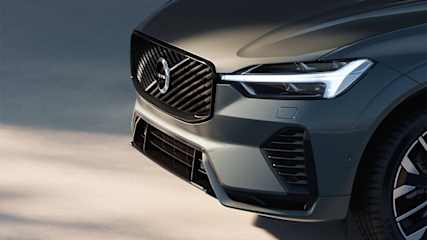
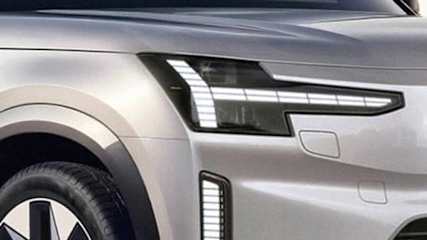
.jpg)
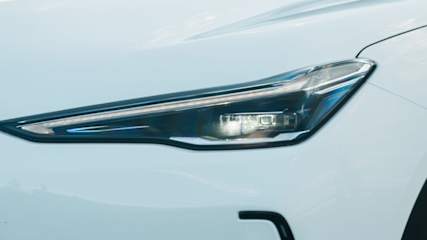
.jpg)

